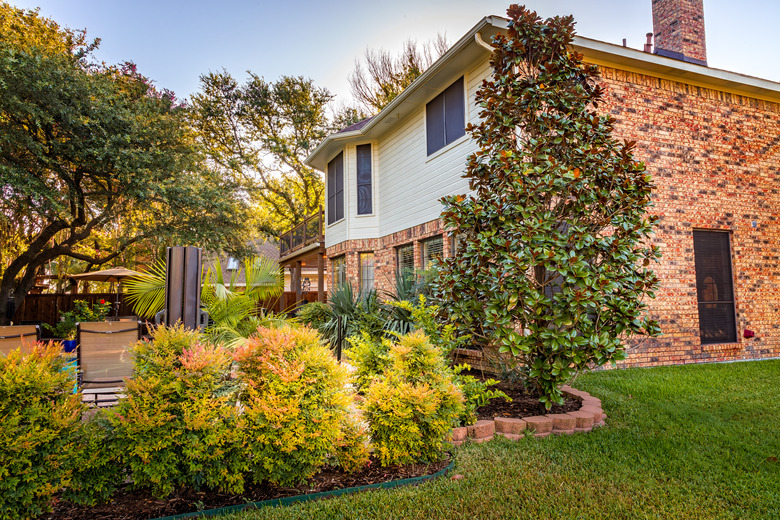The Best Time To Plant Ryegrass In Texas
If you live in Texas, you know that the best turfgrass for the state needs to be both heat-resistant to live through Texas summers and drought-resistant, given the small amount of summer rain. Generally, this makes warm-weather grasses, like bermudagrass, more popular than cool-season grasses, like ryegrass.
Ryegrass, however, works well in Texas for shady lawns and to provide winter grass when warm-season grasses go dormant. You'll find both perennial and annual ryegrasses available. Each has a different purpose as well as a different best-planting time. As long as you are going to the trouble to replant a lawn, it is well worthwhile to work with the calendar.
Meet Annual Ryegrass
Annual ryegrass (Lolium multiflorum) is often confused with rye (Secale cereal) grain crops used for seeding pastures in Texas. Annual ryegrass is a type of grass crop used for forage in Texas, but it can also be used for temporary (one-season) lawns. Annual ryegrass can be used on a bare field, for example, to limit erosion until a permanent lawn grass is established.
Annual ryegrass is a cool-season crop that grows best in chilly seasons, like winter. It is often planted in Texas together with a warm-season grass, like bermudagrass, that goes dormant in winter. Annual ryegrass will provide winter color.
Meet Perennial Ryegrass
Perennial ryegrass (Lolium perenne), like its annual relative, is a cool-season grass. In contrast with annual ryegrass, however, perennial ryegrass returns year after year. It is a dark green, bunching turfgrass that offers fine leaf texture and rapid establishment. It is frequently used in Texas to overseed commercial fields, like golf courses and athletic fields that are planted with bermudagrass. As the warm-season grass goes dormant, the cool-season ryegrass takes over to keep the fields green.
Many Texas gardeners use a cool-season mix rather than one type of grass seed for shady areas. Perennial ryegrass is often an ingredient of these mixtures along with tall fescue and annual ryegrass. However, neither ryegrass is heat-tolerant or drought-tolerant, which limits its use in sunny Texas.
Ryegrass Optimal Timing
Late fall and early winter are best for planting ryegrass in Texas. The basic rule of thumb for planting grass is that you should plant it at least 30 days before the first fall or winter frost. That means the exact date will vary from the north to the south of the state.
Plant ryegrass when daytime highs are about 70 degrees Fahrenheit and nighttime low temperatures are above 50 degrees. Generally, this falls in either late October or early November for most of the state.
